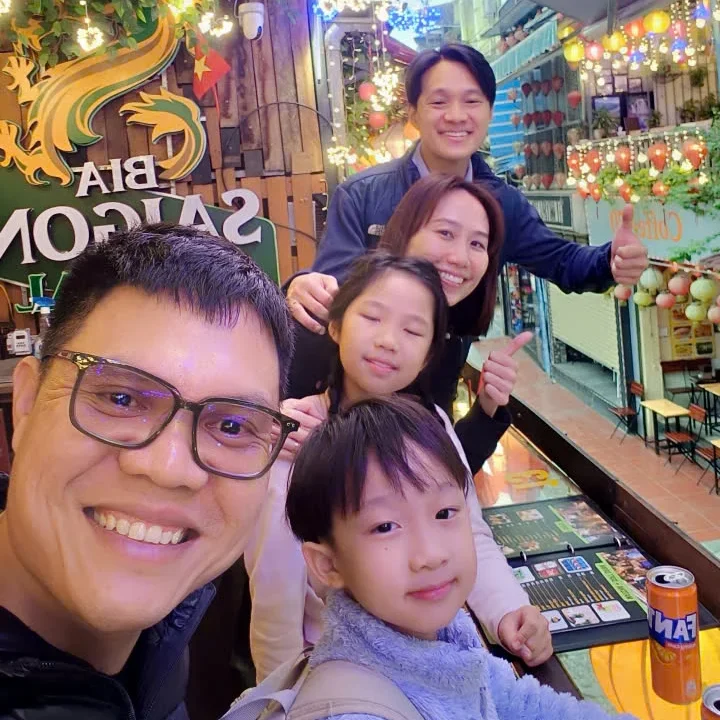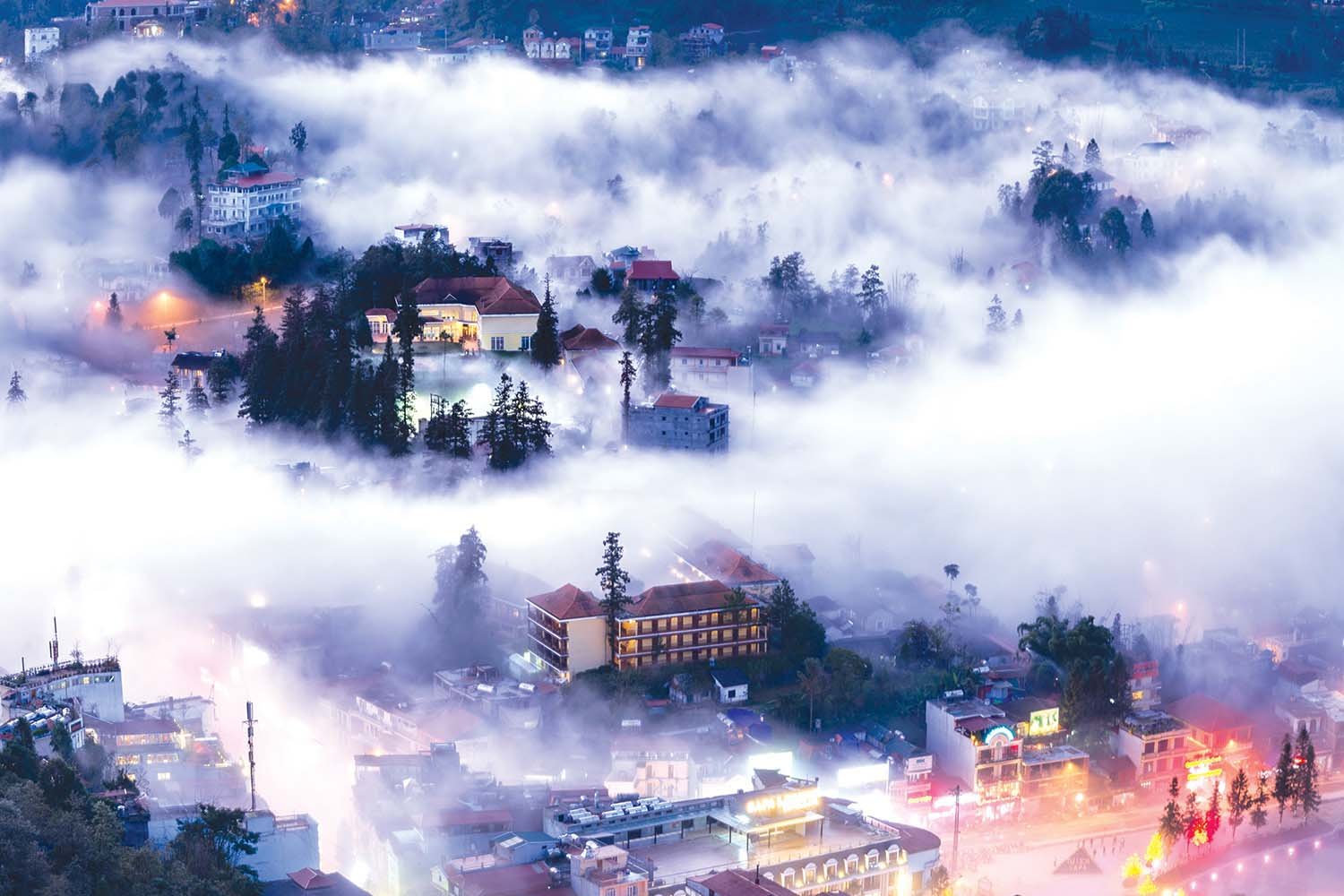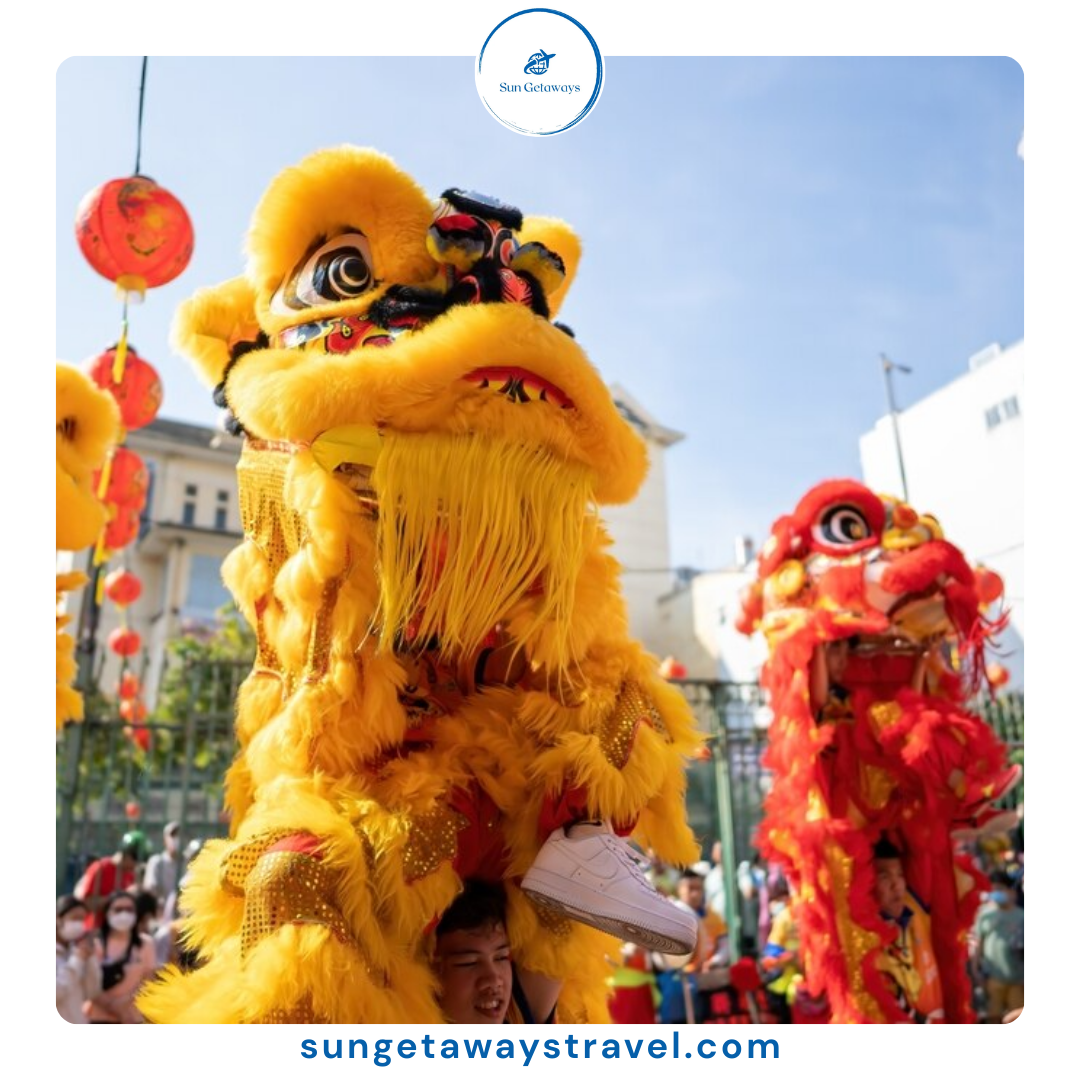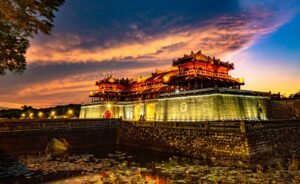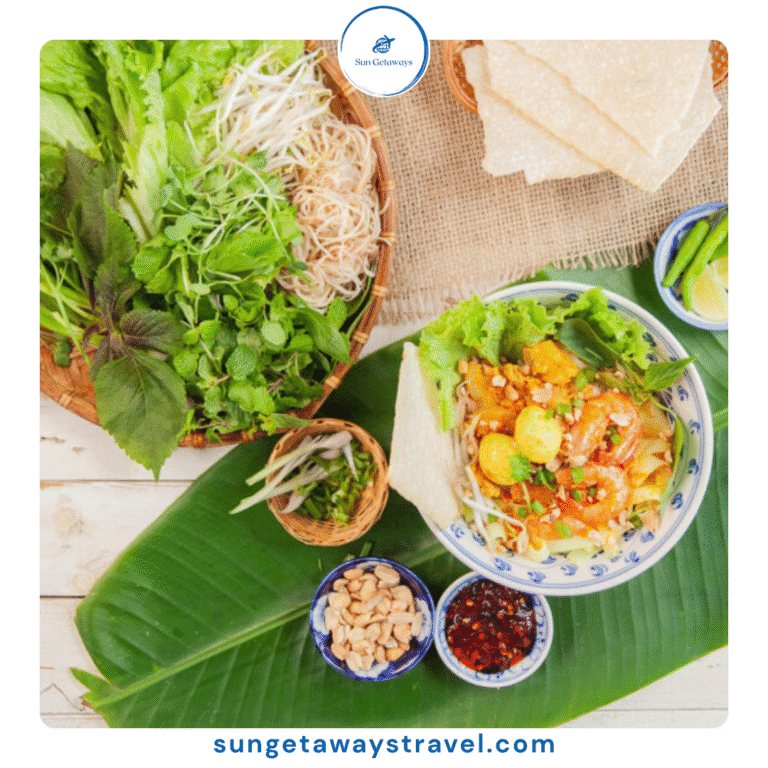Discover Vietnam Cultural Heritage through Arts in 2026
Vietnam Cultural Heritage is a mesmerizing blend of ancient history and vibrant creativity. This country offers travelers a unique tapestry of ancient rituals, stunning architecture, and artistic expressions reflecting thousands of years of civilization.
As 2026 approaches, there is no better way to explore Vietnam than through its arts—from traditional court music and water puppetry to silk painting and exquisite handicrafts.
1. The Significance of Vietnam Cultural Heritage
Vietnam cultural heritage is not just about temples, monuments, or museums—it is deeply interwoven with everyday life. The arts serve as a medium to preserve history, transmit moral lessons, and celebrate collective identity. Vietnamese culture has been shaped by indigenous traditions and influenced by neighboring civilizations such as China, India, and France, resulting in a distinctive fusion visible in Vietnamese architecture, literature, and performing arts.
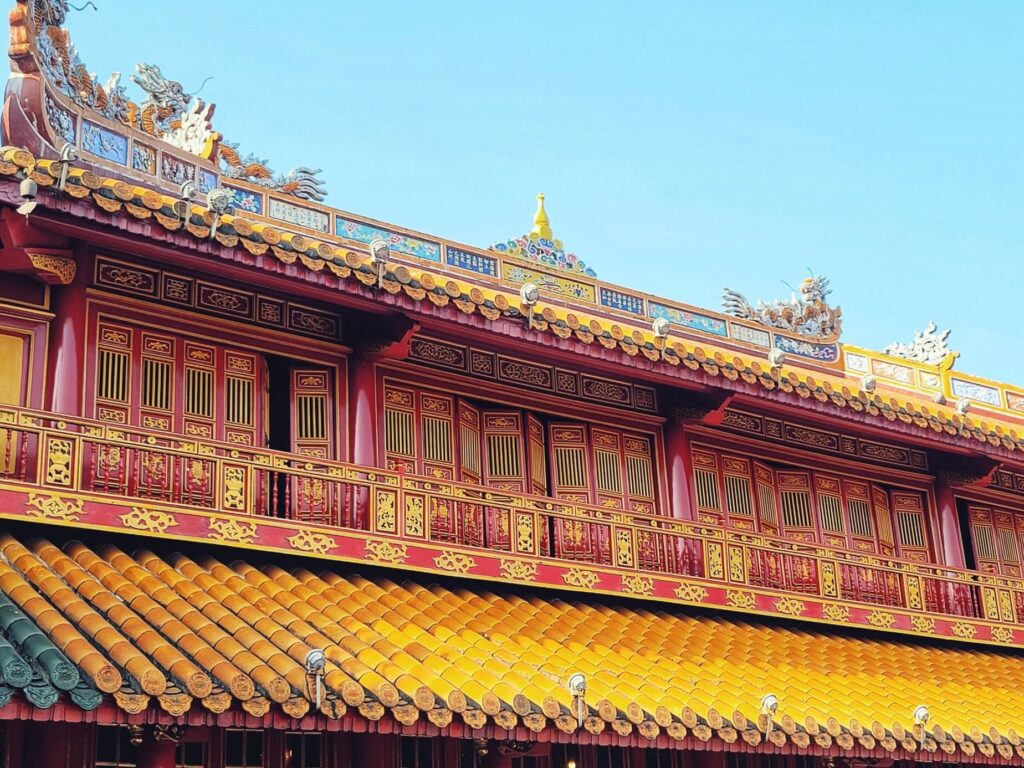

In 2026, as Vietnam continues to modernize, efforts to preserve and showcase its heritage through arts are stronger than ever. Festivals, exhibitions, and government-led programs highlight the importance of cultural sustainability, ensuring that visitors can witness living Vietnamese traditions rather than relics of the past.
👉 If you want to immerse yourself in these cultural highlights with expert guidance, let us craft a tailored cultural journey for you.
2. Traditional Music and Dance: The Rhythms of Vietnam
Traditional Vietnamese music and dance lie at the heart of Vietnamese culture. They embody spiritual devotion, agricultural rituals, and communal celebrations.
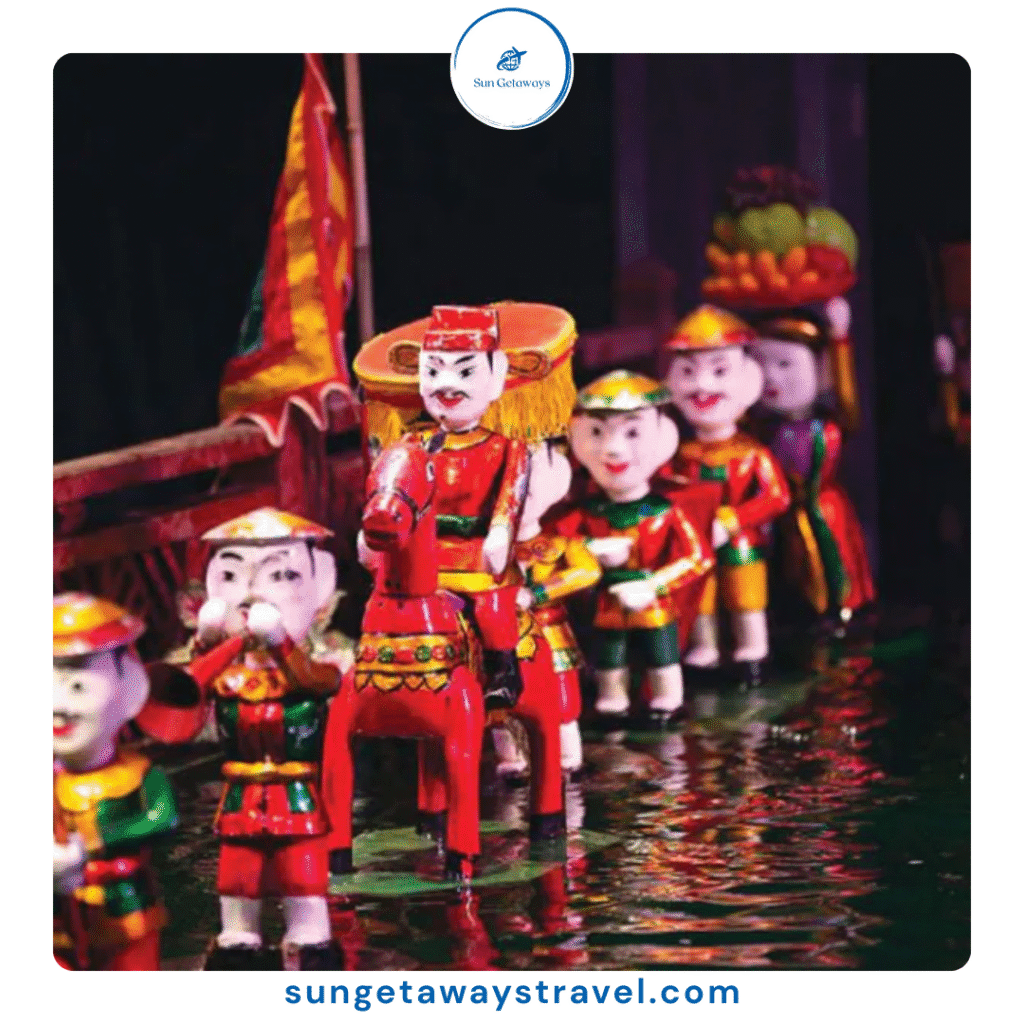

- Ca Tru (Ceremonial Singing): Once performed in royal courts, Ca Tru combines poetry and music, recognized by UNESCO as an Intangible Cultural Heritage.
- Quan Ho Folk Songs: Originating from Bac Ninh province, these lyrical duets reflect themes of love, friendship, and daily life.
- Water Puppetry: Perhaps the most unique Vietnamese art form, water puppetry dates back to the 11th century. With puppets dancing on water, it vividly depicts folklore and rural scenes.
- Lion Dance and Festival Performances: Performed during Tet (Vietnamese Lunar New Year) and other festivals, these dances blend martial arts, music, and symbolism.
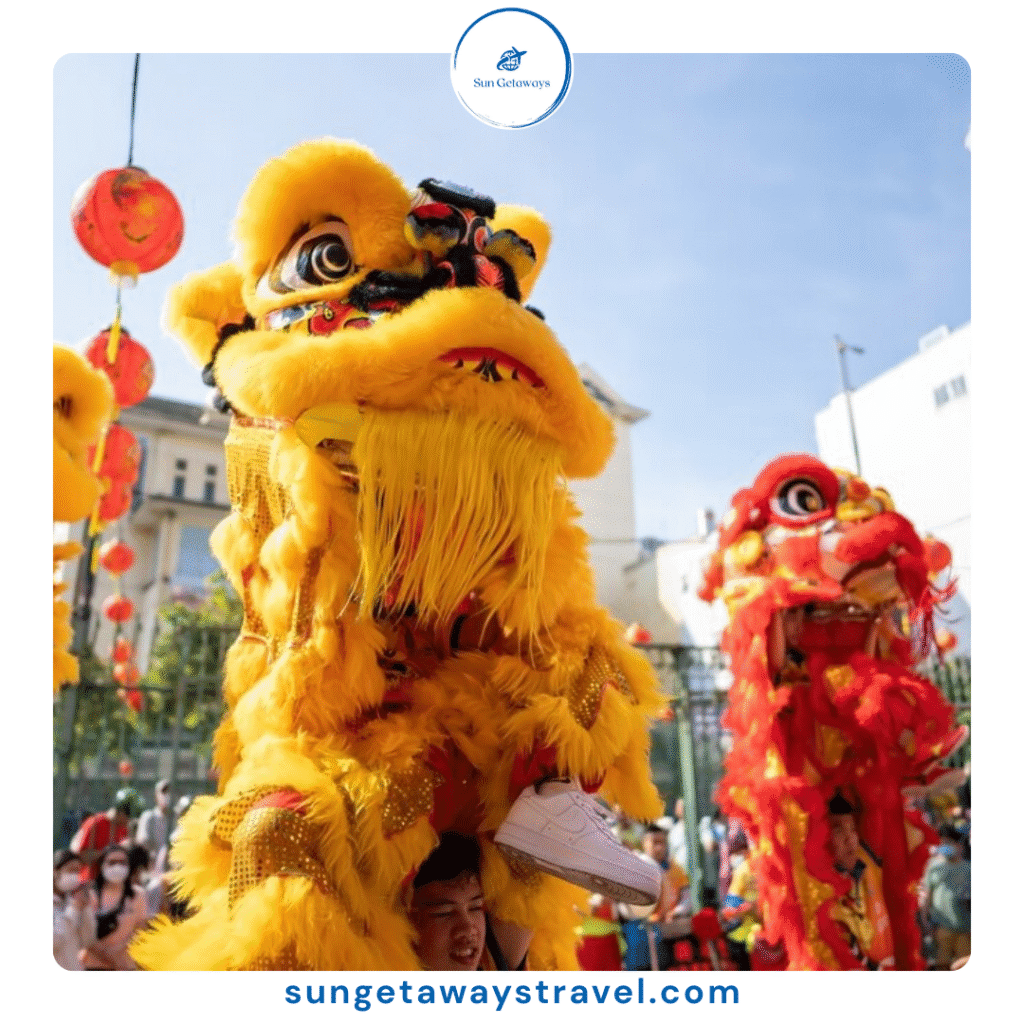

By 2026, many cultural centers and theaters across Hanoi, Hue, and Ho Chi Minh City have revitalized these performances, making them accessible to travelers eager to learn more about Vietnam cultural heritage.
3. Architecture as Living Heritage
Vietnam’s architecture is itself a form of artistic heritage. Pagodas, temples, colonial buildings, and traditional houses reflect layers of history.
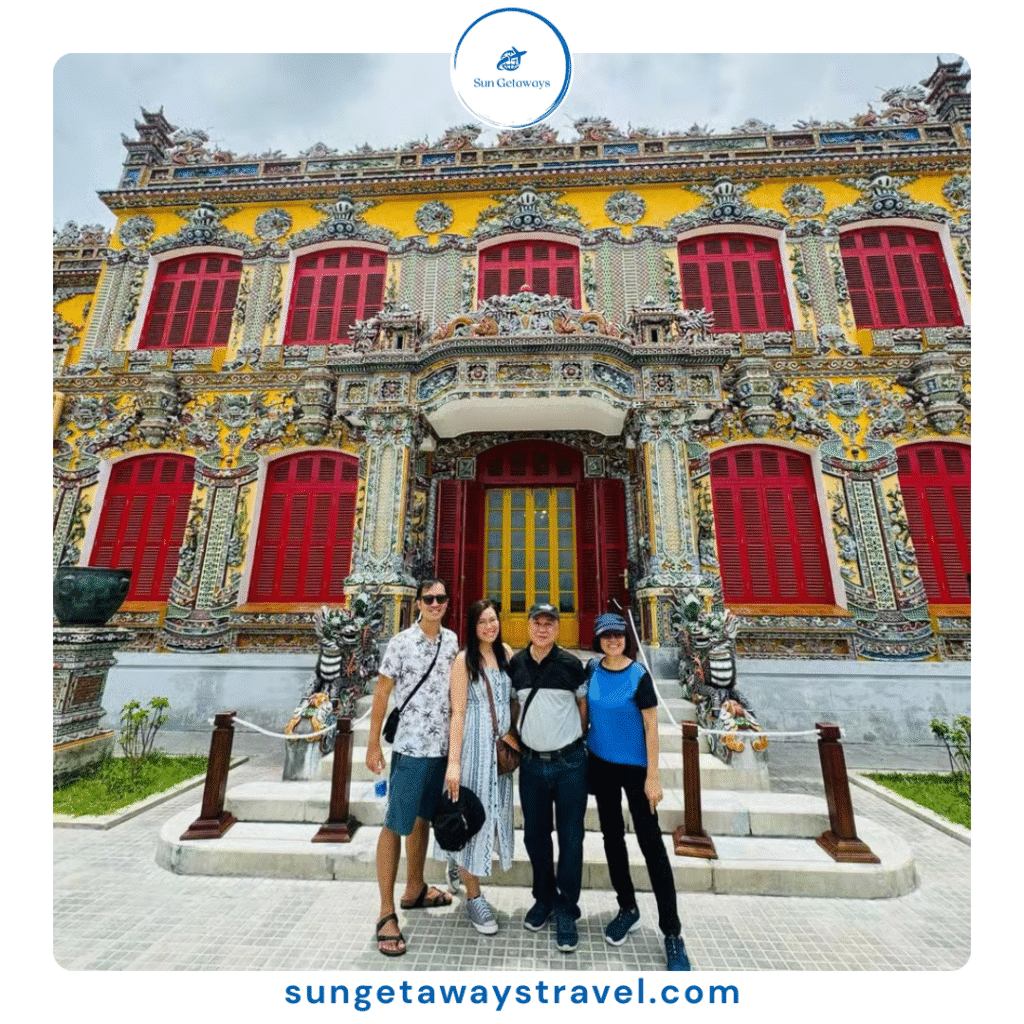

- Imperial City of Hue: The former royal capital with palaces, gates, and gardens reflects Nguyen Dynasty grandeur.
- Traditional Wooden Houses: In northern villages like Duong Lam, centuries-old communal houses reveal Vietnam’s agrarian lifestyle.
- French Colonial Legacy: Cities like Hanoi and Dalat showcase opera houses, villas, and cathedrals blending European design with local features.
- Modern Revival: Contemporary Vietnamese architects are increasingly incorporating cultural motifs into sustainable, eco-friendly designs.
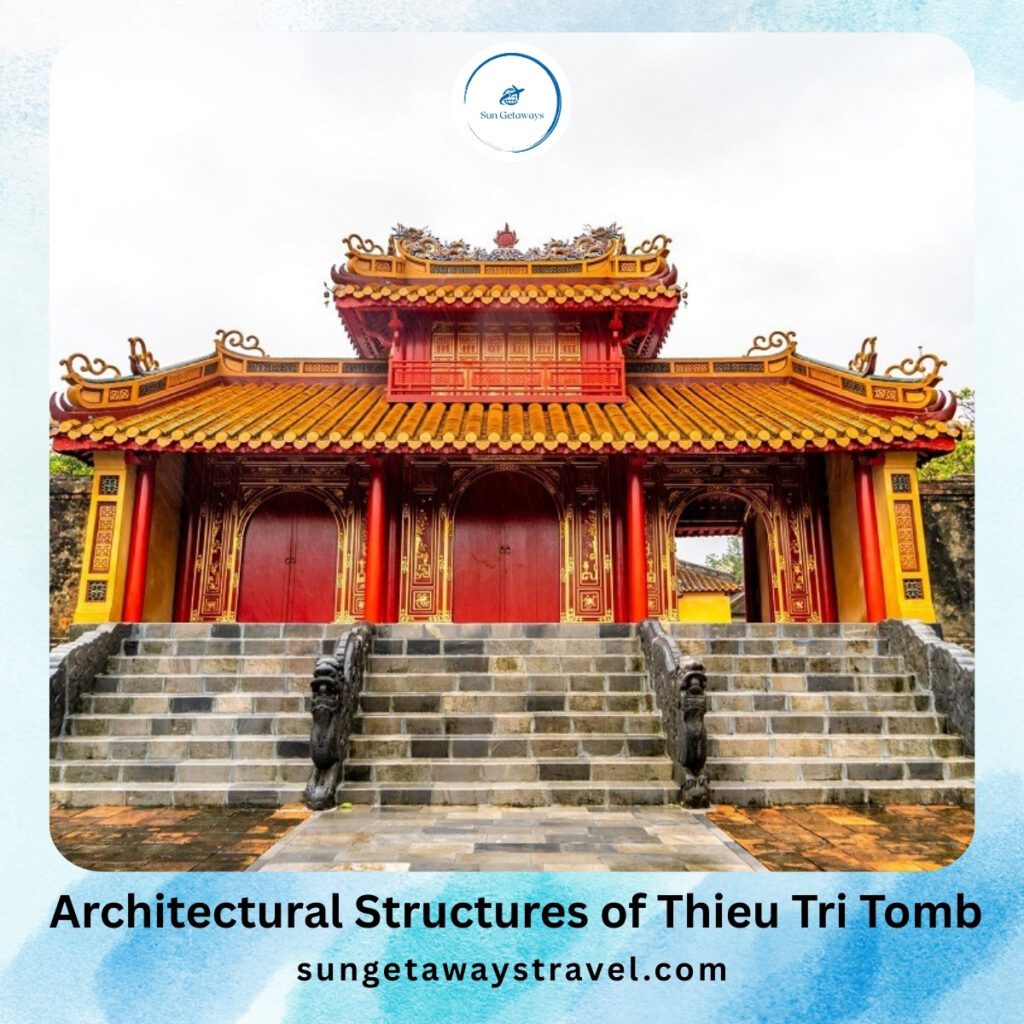

Exploring these structures offers travelers a chance to see how Vietnamese culture is both preserved and reimagined for the future.
4. Vietnamese Fine Arts and Handicrafts
The arts are not only preserved in performance and architecture but also in material culture. Traditional handicrafts reveal craftsmanship passed down through generations.
- Lacquer Painting (Son Mai): A uniquely Vietnamese art form combining layers of resin, gold leaf, and colors to create vibrant, enduring artworks.
- Silk Painting: Known for its delicate brushwork and vibrant tones, silk paintings often depict pastoral life and historical tales.
- Handicrafts: From Bat Trang ceramics to Phu Vinh bamboo weaving, each craft village specializes in artistic production deeply tied to cultural identity.
- Ao Dai Design: Vietnam’s iconic traditional dress blends fashion with artistry, symbolizing grace and national pride.
By purchasing or experiencing these crafts, travelers not only admire Vietnamese culture but also support local artisans.
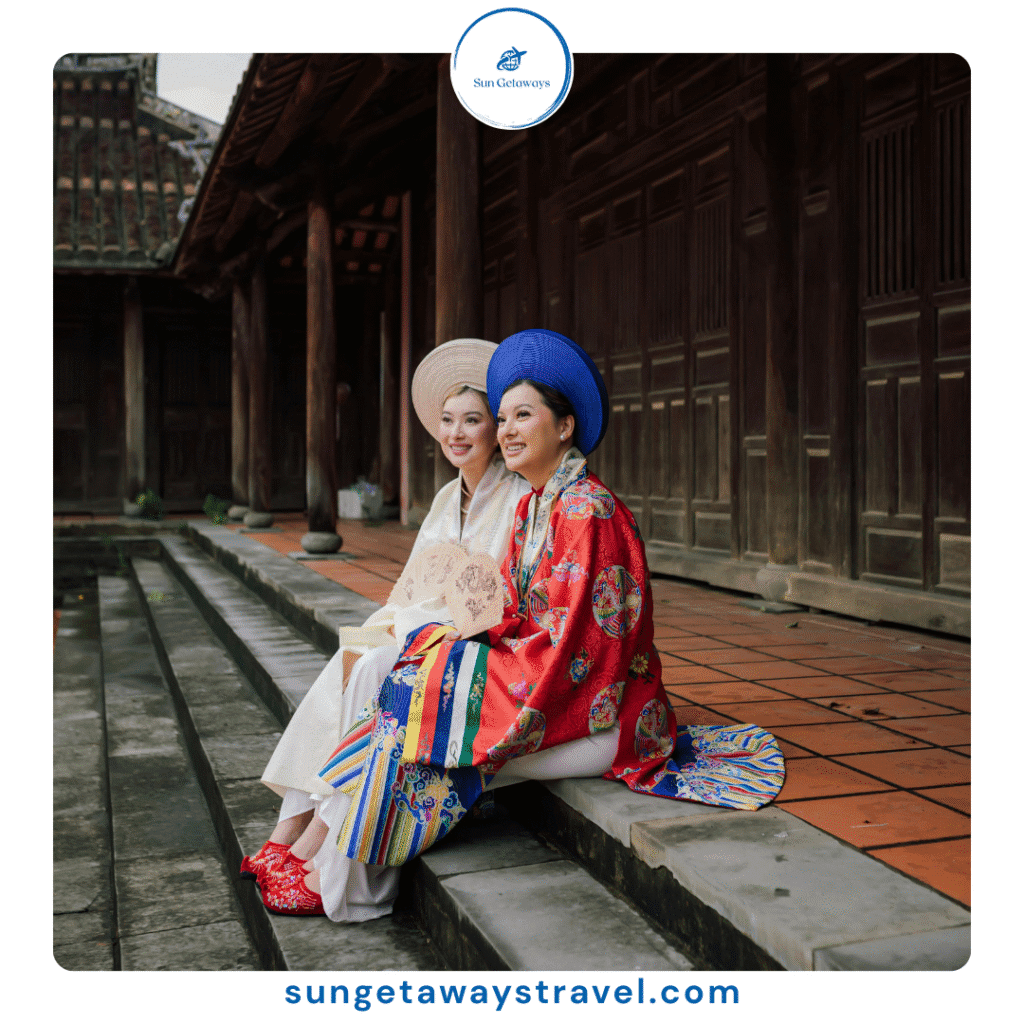

👉 Looking for authentic handicraft workshops to join during your trip? Sun Getaways Travel can connect you with artisans and arrange immersive cultural experiences.
5. Literature and Calligraphy
Vietnamese literature and calligraphy are profound reflections of Vietnam cultural heritage. For centuries, literature has been a tool for moral teaching, patriotism, and artistic expression.
- Nom Script and Classical Poetry: Ancient works by poets like Nguyen Du, who wrote The Tale of Kieu, remain cornerstones of Vietnamese culture.
- Calligraphy Art: Practiced especially during Tet, calligraphers use Hán-Nôm or modern Vietnamese characters to write blessings, reflecting beauty in form and meaning.
- Contemporary Literature: Modern Vietnamese authors explore themes of identity, migration, and modernization, keeping literary traditions alive while adapting them to new contexts.
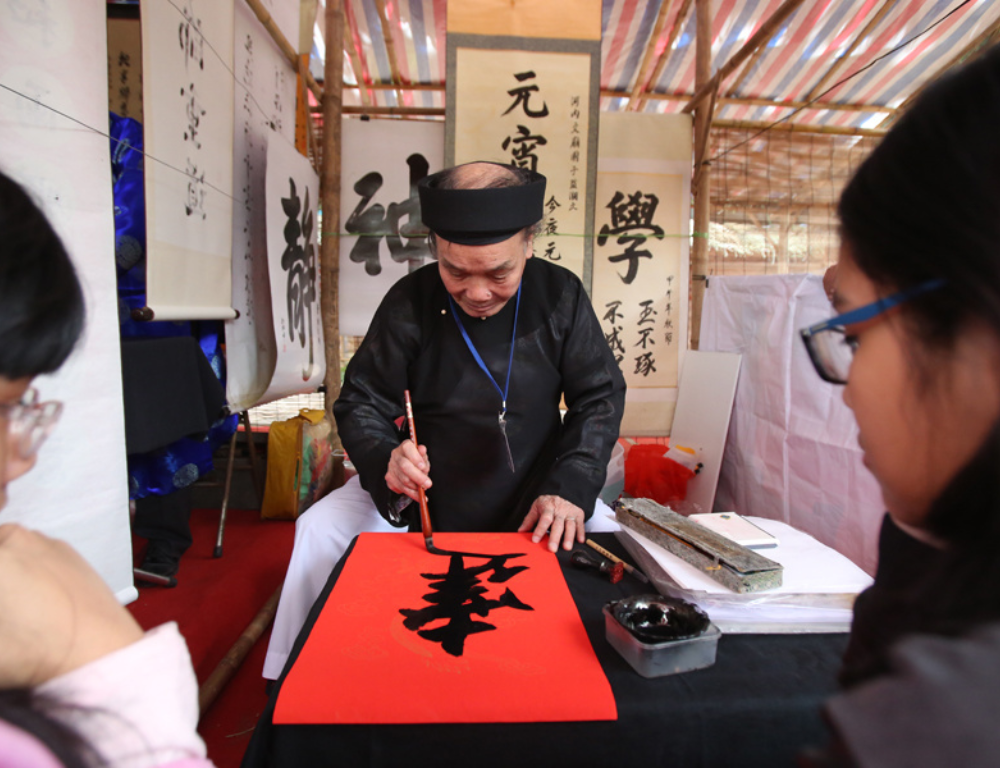

Visiting cultural book festivals and calligraphy exhibitions in 2026 offers a deeper understanding of Vietnam’s intellectual and artistic soul.
6. Festivals: Celebrating Heritage through Arts
Vietnamese festivals are truly the perfect occasions to experience the nation’s arts and cultural heritage in their most vibrant, dynamic, and communal form. These events—which range from the massive, nationwide Tết (Lunar New Year) celebration to localized temple festivals—act as living museums where ancient artistic traditions are brought to life.
- Tet Nguyen Dan (Lunar New Year): A nationwide celebration with lion dances, folk music, and calligraphy.
- Hue Festival: A biannual event that brings together traditional music, theater, and crafts, showcasing the royal heritage of Hue.
- Mid-Autumn Festival: Marked by lantern-making, dragon dances, and storytelling.
- Local Harvest Festivals: In rural areas, festivals blend folk games, music, and rituals, offering authentic glimpses into community life.
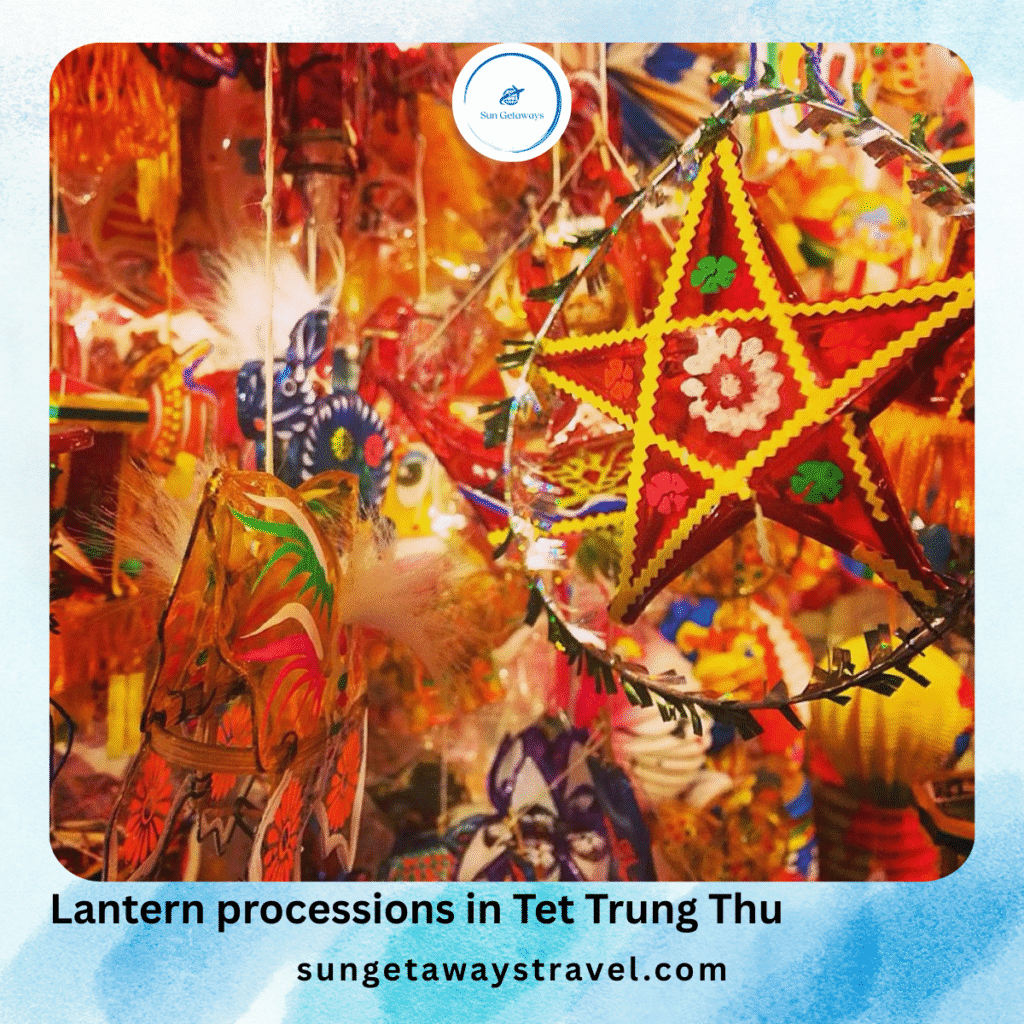

In 2026, these festivals continue to expand in scale and attract global visitors, serving as bridges between Vietnamese culture and the world.
7. Contemporary Vietnamese Arts
Vietnamese culture is not static—it is constantly evolving and adapting to modern global influences. Today’s contemporary artists are actively pushing traditional boundaries, integrating new mediums like installation, digital art, and abstract expressionism. Yet, their work remains deeply rooted in Vietnam’s rich heritage, often drawing themes from historical events or ancient spiritual concepts.
- Modern Visual Arts: Vietnamese painters and sculptors are gaining international recognition by blending heritage themes with modern techniques.
- Independent Film and Theater: Young directors explore cultural identity through innovative storytelling.
- Music Fusion: Traditional instruments like the đàn bầu are now used in contemporary pop and electronic music, keeping traditions relevant.
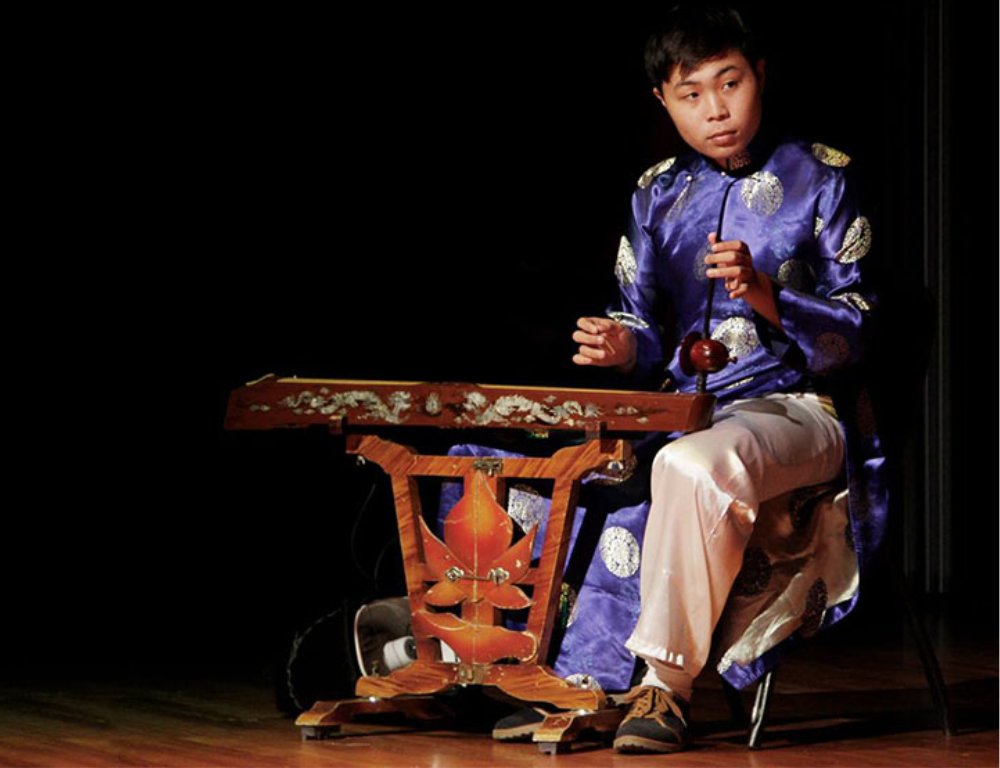

Travelers exploring galleries in Hanoi, Ho Chi Minh City, and Da Nang in 2026 will find an exciting dialogue between past and present.
8. Experiencing Vietnam Cultural Heritage in 2026
For travelers eager to dive into Vietnamese culture, 2026 offers unparalleled opportunities. The country beautifully blends ancient traditions with a vibrant modern identity. Beyond the famous landmarks, rich heritage can be found in local arts, historic sites, and daily rituals. Prepare to engage with centuries of history and unique cultural forms. Here is how you can immerse yourself in Vietnam’s soul this year:
- Cultural Tours: Visiting ancient towns like Hoi An, Hanoi’s Old Quarter, or the Imperial City of Hue.
- Art Workshops: Learning traditional crafts or trying calligraphy under the guidance of local masters.
- Festival Trips: Timing visits with Hue Festival or Tet for immersive experiences.
- Heritage Routes: Exploring UNESCO sites such as My Son Sanctuary or Phong Nha-Ke Bang caves, where history and nature blend.


👉 Make your journey unforgettable with Sun Getaways Travel (WhatsApp), your trusted partner in exploring Vietnam cultural heritage with authenticity and comfort.
FAQs about Vietnam Cultural Heritage and Arts
1. What makes Vietnam cultural heritage unique?
It’s a blend of indigenous traditions with significant influences from China, India, and France. This creates a diverse identity expressed through unique arts like water puppetry, lacquer painting, and traditional music.
2. How can I experience Vietnamese culture during my trip?
You can experience it through traditional music performances, hands-on art workshops (like lantern-making in Hoi An), visiting craft villages, and joining local festivals.
3. Are Vietnam’s traditional arts still actively practiced?
Yes. Traditional arts like Ca Tru singing, water puppetry, and silk painting are actively preserved and revitalized by cultural centers and local artisans in 2026.
4. Which cities are best for exploring arts and culture?
Hanoi (theaters and museums), Hue (imperial heritage), Hoi An (crafts and architecture), and Ho Chi Minh City (contemporary art) are the top four destinations.
5. What are the key UNESCO cultural heritage sites in Vietnam?
Vietnam boasts several UNESCO sites, including the Complex of Hue Monuments, Hoi An Ancient Town, and My Son Sanctuary. Intangible arts like Ca Tru singing and water puppetry are also recognized as global treasures of Vietnam cultural heritage.
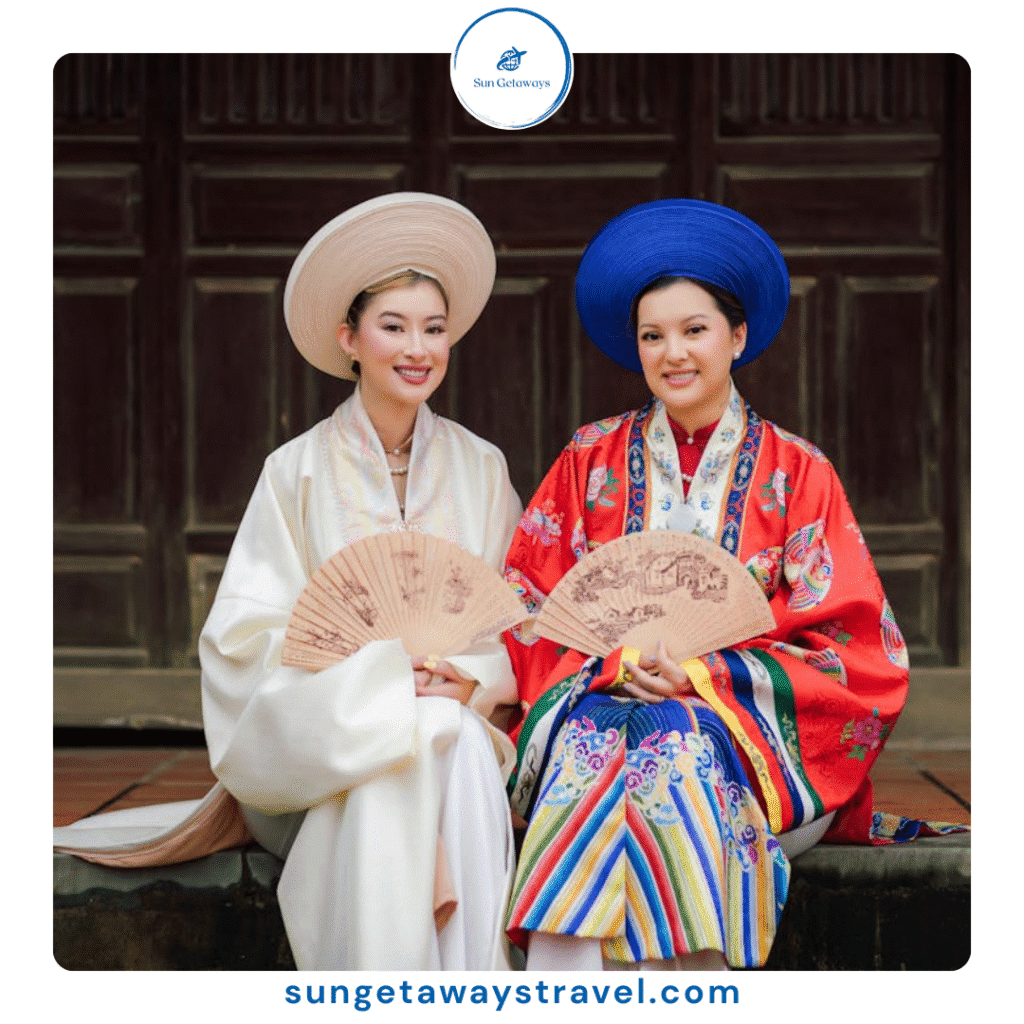

👉 Plan your cultural trip with travel experts in Sun Getaways Travel to discover authentic artistic experiences across Vietnam.
Conclusion
Vietnam cultural heritage is a living, breathing force that continues to shape the nation’s identity while captivating travelers from around the globe. Through arts—whether in music, dance, crafts, literature, or festivals—you can experience the depth and richness of Vietnamese culture. In 2026, the country’s dedication to cultural preservation and innovation ensures that every visitor can witness not only ancient traditions but also their modern transformations.
If you’re planning a cultural journey, let the arts of Vietnam guide your path. Every performance, every painting, and every festival reveals the spirit of a people proud of their past and confident in their future.
👉 Contact Sun Getaways Travel via WhatsApp today to design your personalized cultural adventure through Vietnam’s artistic heritage.
Ask a question
Leave a Comment (0)
No questions yet. Be the first to ask a question!

